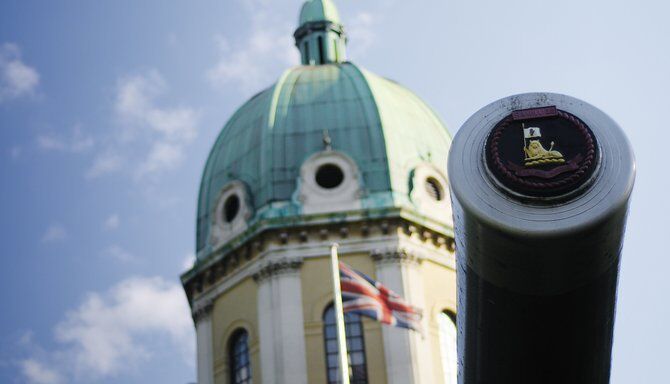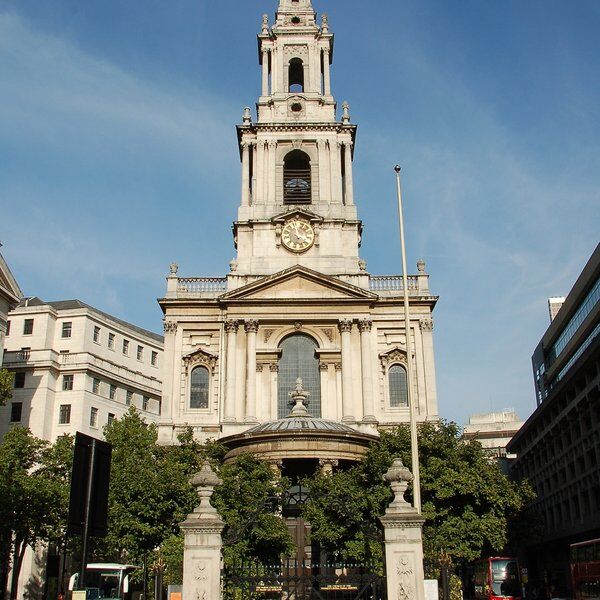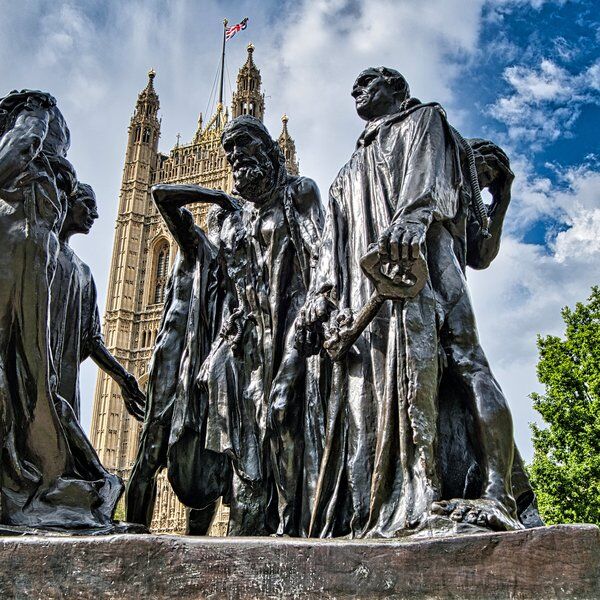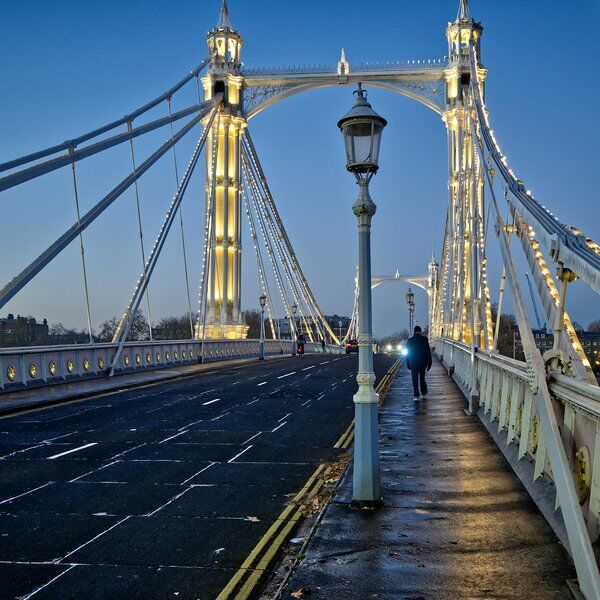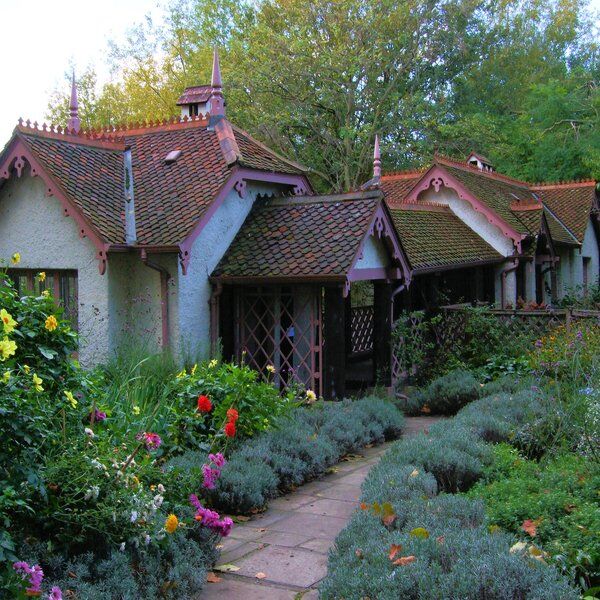
Exploring the Imperial War Museum in London
For almost a century, the Imperial War Museum (IWM) has recognised and studied Great Britain's involvement in modern conflicts. Originating from a 1917 initiative by the British War Cabinet to memorialise the events of World War I, the museum's mission expanded to encompass the study and understanding of the history of modern war and wartime experience.
With its headquarters in London, but other branches across England, and funded by government grants, charitable donations, and revenue generated from commercial activities, the IMF has become a vital educational and cultural concept.
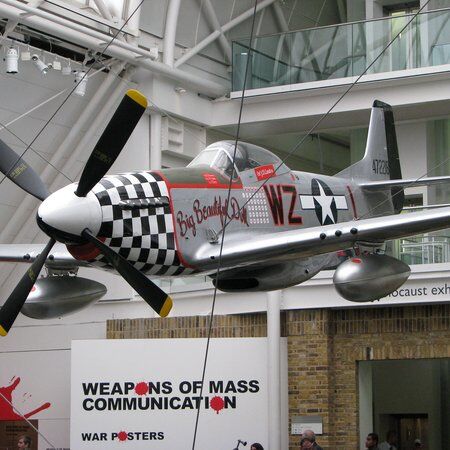
The History of the Imperial War Museum
Establishment: 1917–1924
In 1917, Sir Alfred Mond proposed the creation of a National War Museum to Prime Minister David Lloyd George, which was accepted by the War Cabinet. The decision was announced in The Times, and a committee, chaired by Mond, was formed to oversee the museum's establishment. In December 1917, it was renamed the Imperial War Museum.
The committee divided into subcommittees to collect material. Charles John ffoulkes was appointed as the museum's first curator and secretary and King George V opened the museum at the Crystal Palace on June 9, 1920. Despite some parliamentary objections, the museum quickly gained popularity, with 94,179 visitors on the first public holiday after its opening.
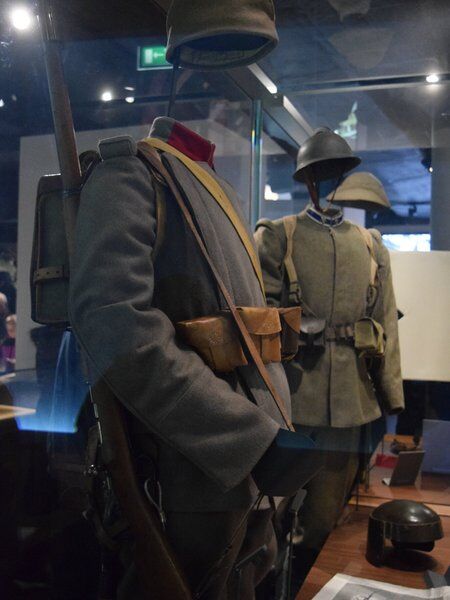
Relocation: 1924–1936
Originally housed in the Crystal Palace at Sydenham Hill, the museum was relocated to the former Bethlem Royal Hospital, in Southwark in 1936. The imposing Victorian building, once infamous as an asylum for the criminally insane, became the backdrop for a collection that continues to tell the stories of war and conflict from around the globe.
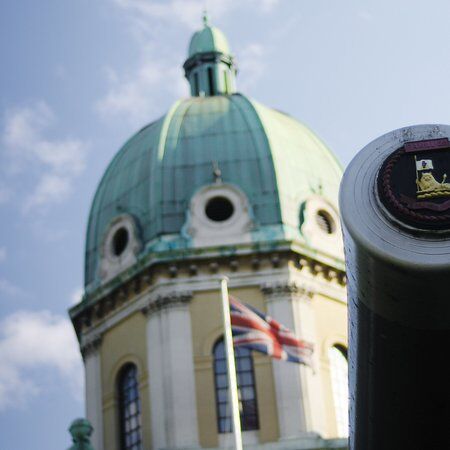
Designed by James Lewis and completed in 1814, the hospital underwent significant redesigns orchestrated by architect Sydney Smirke in 1835, highlighting its spatial capacity and adding a copper-clad dome to the exterior in 1846.
Inside, the museum was strategically organised. The ground floor was marked for principal art galleries, the wings were designated for naval and army exhibits, and the former theatre was repurposed to house the Air Force gallery.
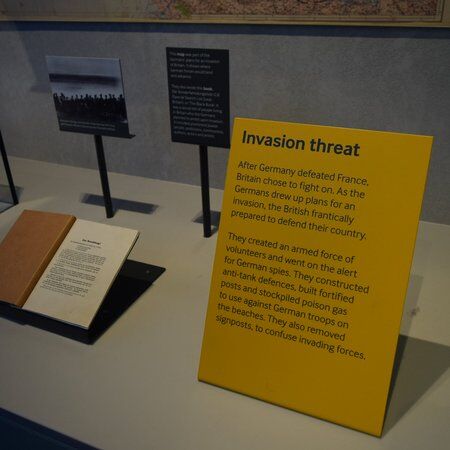
During and After the Second World War: 1939–2012
During the Second World War, the museum collected materials documenting the conflict. It also expanded to cover all ongoing conflicts at the time, including the Gulf Wars. However, it was closed during the Blitz, being struck by over 40 German incendiary bombs and suffering damage from a Luftwaffe bomb in 1941. After the war, the museum gradually reopened galleries, showcasing new technologies developed during wartime.
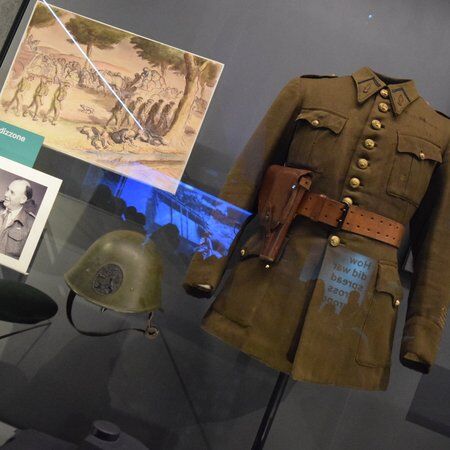
Redevelopment and Expansion: 1966–2012
As the museum's collection expanded, so too did its physical footprint. In the 1960s and 1980s, extensive renovations and expansions were undertaken, resulting in the creation of additional gallery spaces across five floors. The Southwest Infill, was another pivotal phase of redevelopment, offering 5,860m2 of gallery space and educational facilities across six floors. Despite challenges such as the arson attack in 1968, the IWM’s expansions earned it a Grade II listed status in 1972.
Expanding not only the museum itself, but pushing into other areas of the country, branches were set up across the UK such as Imperial War Museum Duxford, opened in 1976, followed by HMS Belfast in 1978, the Cabinet War Rooms in 1984, and Imperial War Museum North in 2002.

Furthermore, the Imperial War Museum also occupies the All Saints Annexe, a historic building acquired in 1989. Originally an orphanage established by philanthropist Charlotte Sharman in 1867, the annexe now serves as a repository for the museum's archives, made up of personal and official documents, film and video material, and oral history recordings.
Inaugurated in 2010, the Lord Ashcroft Gallery, containing a prestigious collection of Victoria Cross and George Cross medals, is a key feature of the Imperial War Musuem.
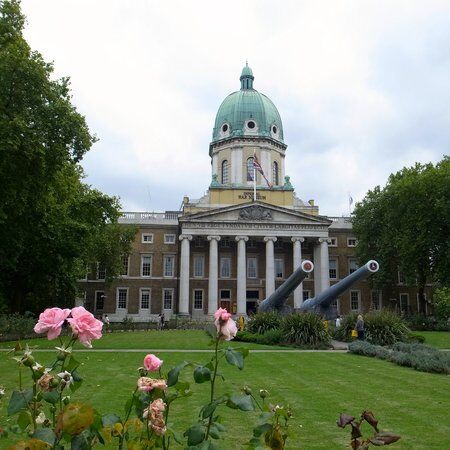
WWI Centenary: 2014
In anticipation of the First World War centenary, the museum announced plans to redevelop its permanent galleries. William the Prince of Wales, formerly the Duke of Cambridge, became the patron of the Imperial War Museum Foundation, charged with raising funds for the redevelopment.
Architectural firm, Foster and Partners, designed the £40 million renovation project, which included new gallery spaces dedicated to the history of WWI. The museum partially reopened in 2013 and was formally reopened by Prince William, in 2014.
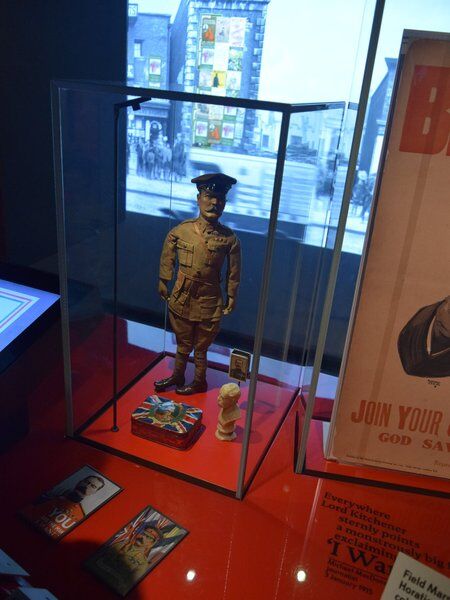
Inside the Imperial War Museum
Visitors to IWM London are greeted by the iconic atrium, leading them on a journey through six floors of captivating galleries. With over 10,000,000 artefacts, the museum's collection spans the breadth of human conflict. From uniforms and vehicles to photographs and works of art, the museum’s collection has a vast range.
The museum's front lawn features giant 15-inch guns from the Royal Navy's HMS Ramillies and HMS Resolution, while its main atrium houses artefacts like an RAF Supermarine Spitfire, V1 and V2 rockets from the Blitz, and a Reuters news agency Land Rover hit by a rocket in Gaza in 2006.

Even after its recent refurbishment the museum's First World War exhibit remains one of its most poignant. Occupying the entire ground floor, it has artefacts that speak to the horrors of trench warfare with gas masks, bullet-ridden signposts, and homemade trench clubs.
"I've tried for 80 years to forget it. But I can't."
Among the artefacts, two items stand out as particularly moving. The first is a torn sheet from a British army signal pad, revealing the dreaded order to go "over the top" at Passchendaele. The second is a letter from Emily Chitticks to her fiancée, William Martin wishing for a swift end to the war so that they could be together. Unfortunately, it never made it to William and was returned to Emily with the word "KILLED" scribbled in red pencil on the envelope.
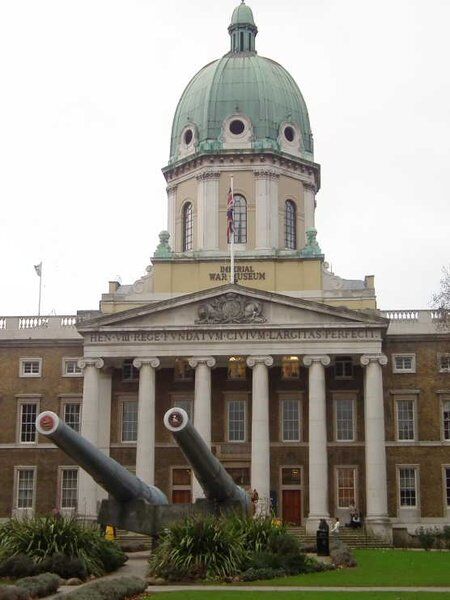
Our Thoughts…
Through its exhibits and immersive experiences like walking through a frontline trench at the Somme or witnessing the devastation of a London street bombed in 1940, the museum ensures that the memories of those who lived through war are never forgotten.

Explore London with CityDays
The best way to discover more hidden gems around London is to take your time and, ideally, have a pre-planned route that takes you past all the noteworthy nooks and hidden gems.
We can help you there!
The City combines the fun of an outdoor treasure hunt with the historic facts and whimsical trivia of a walking tour.
Answer riddles, solve puzzles and learn more about London’s 2000-year-old history in a new and interactive way - plus you get 20% off food and drink at a historic pub chosen by us!
Take the stress out of planning your visit to London and book your adventure today!
Not visiting London this time? Don’t worry, you’ll find us all over the world.
